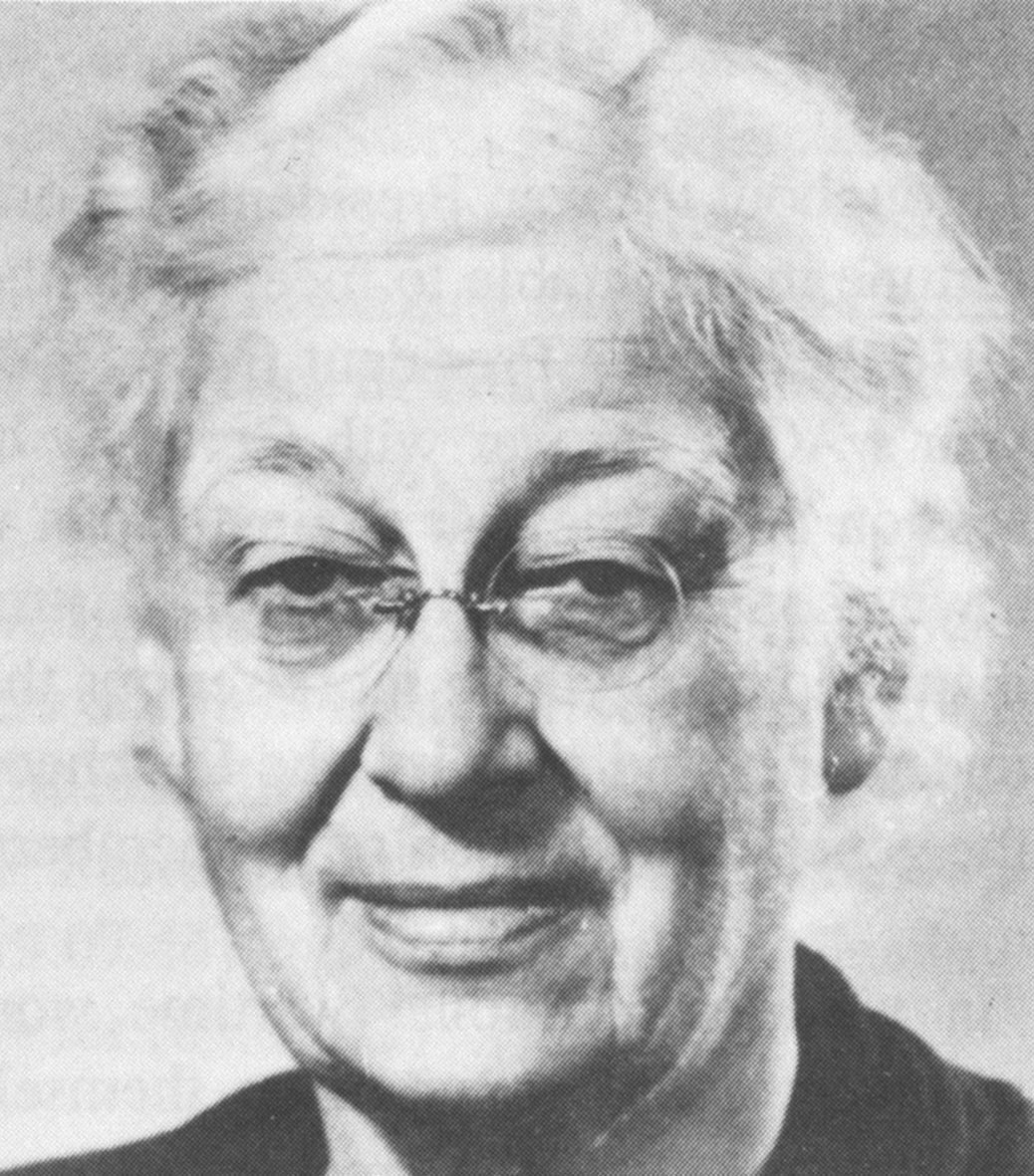Dr Gladys - Welwyn Garden City's first GP

In Iran, girls are protesting against discrimination by men. In 1921, a young lady doctor, Dr Gladys Miall-Smith, declined a request from her employer, St Pancras Borough Council, to resign as an assistant medical officer following her marriage to another doctor, Hubert Fry.
The council then voted by a large majority to dismiss her on the grounds that jobs should be reserved for people who needed the pay. Gladys did not go quietly and became a national figure. Her sacking was clearly absurd as she was a superb doctor.
Born in 1888, she qualified in 1916, was a surgeon in Great Ormond Street Hospital, served two tours of duty in field hospitals in France during the First World War, and then specialised in obstetrics and public health. She was invited to apply for posts across the country by more enlightened employers. Richard Reiss, a director of Welwyn Garden City Ltd and a friend of Hubert, was one. She and Hubert moved in 1922 to 18 Brockswood Lane and thence to 17 Valley Road.
Gladys worked as a GP during the week and Hubert took the role at weekends, as he was a pathologist during the week. There was no NHS then, so together with a third doctor they founded a Health Association. For a subscription of one penny a week per family, members could benefit from infant welfare clinics (run by Gladys), a district nurse, and reduced rates for treatment at local hospitals. The association won many national awards; in 1931 the Ministry of Health declared that the town had the highest standards of care in the country. The town's mortality rate was considerably lower than the national average. She knew all the key figures in the gestation of Welwyn Garden City, including Ebenezer Howard, whom she described as very quiet but determined.
Gladys carried on campaigning to improve the lot of women, being an active member of the women's Freedom League. Sadly Hubert died young in 1930, having acquired an infection while carrying out a postmortem. Gladys was left as a single mother with three young children.
She retired as a GP in 1950, when her children had grown up, but carried on practising at infant and school clinics. These were not only in England, she worked for two years in hospitals in Ghana, and also in Rhodesia and South Africa.

The last years of her life were spent in Elizabeth House, Panshanger. Gladys Miall-Smith died on January 3, 1991, aged 102. Perhaps because of her upbringing - her parents were both outspoken radicals and humanists - and her challenging life, Dr Miall-Smith was assertive and could be intimidating. One young patient remembers being frightened of her and hiding under the bedclothes when she visited.
Her long life of service and dedication to public health mark her out as an outstanding woman.
This article by Geoffrey Hollis was first published in the Welwyn Hatfield Times on 26 Oct 2022.